
But this is not something that you have to put up with and there are a series of exercises you can do at home or in the gym that can help you prevent sore knees from happening.
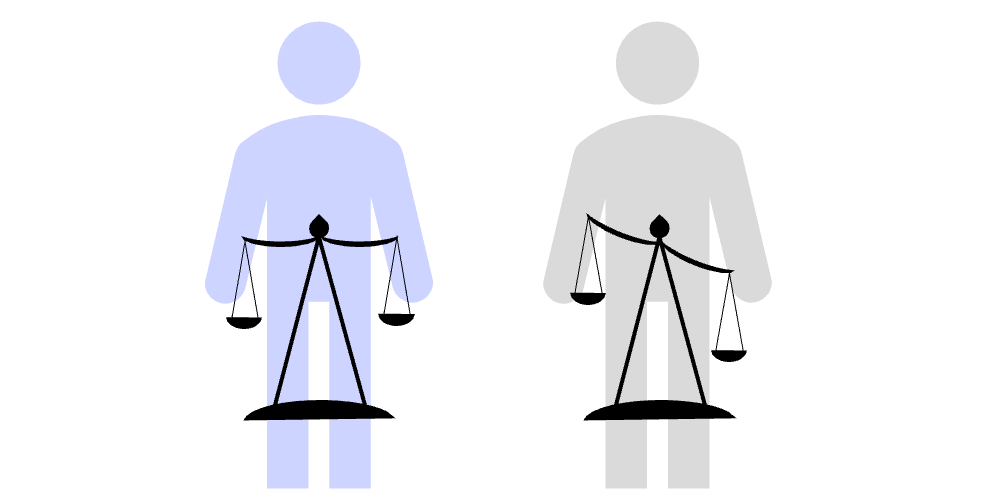
Although they are different contributing factors for sore knees after hiking the two are very much integrated into one another. Muscle weakness typically occurs following extended periods of rest such as recovering from an injury and the imbalance occurs when the injury is to one specific side. An easy example is to use someone who has had one leg in a cast for 4-6 months. When the cast is removed that leg has often experienced muscle wastage but the other side remains strong as it has been used whilst on crutches.
Another factor behind a muscle imbalance is down to your gait pattern when hiking, especially when you are fatigued. When all muscle groups are functioning at full capacity everything is balanced like in the image on the left. But if one muscle or muscle group is weaker and fatigues quickly the opposing group will "pick up the slack" and over time become stronger with the others becoming weaker.
This is most evident on any decline slopes when you are walking. In most cases, the decline is towards the end of the hike when you are fatigued. The downward gradient places additional forces through the knees, up to eight times your body weight, and if the muscles cannot support your weight then the stress is loaded on the kneecap or the patella tendon. Over time this causes pain, irritation and swelling in the knee.
When you are working to try and rectify a strength imbalance or a weakness, you are best focusing on single-leg exercises. This is for two primary reasons:
1. It prevents the dominant side, or muscle groups, from doing all the work. The body is very good at trying to find the easiest way to perform a movement but in some cases, this is not always the best way.
2. You can more accurately monitor the strength improvements to ensure that there is balance. When you use the weaker muscle groups as the baseline you have a clear goal of trying to achieve a strength balance with the opposing side.
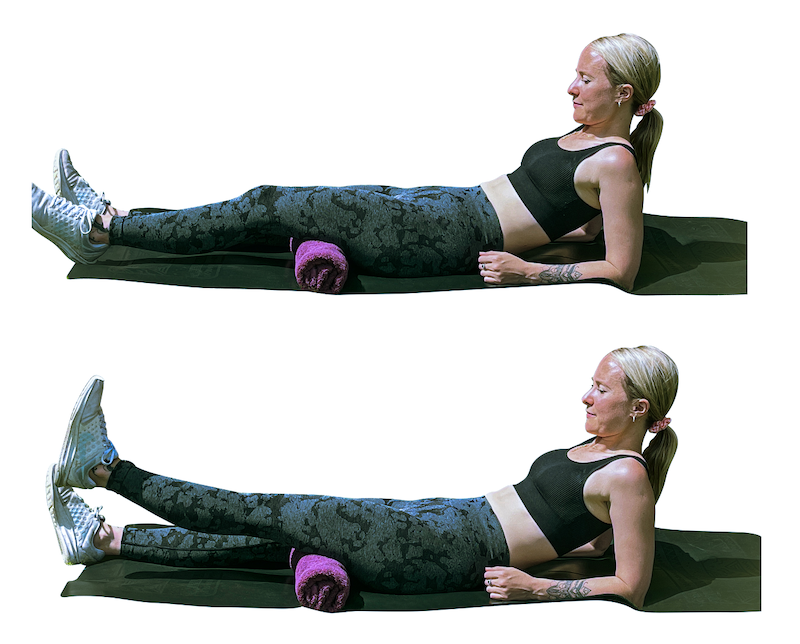
Inner range quads
Sit on the ground propped up on your elbows.
Place a foam roller or a rolled-up towel under your thigh
Contract your quads and lift your foot off the ground and hold for a count of 2-5 seconds before lowering.
Make sure to keep your toes pointed towards the sky.
Sets & reps
4 Sets of 15 on each leg
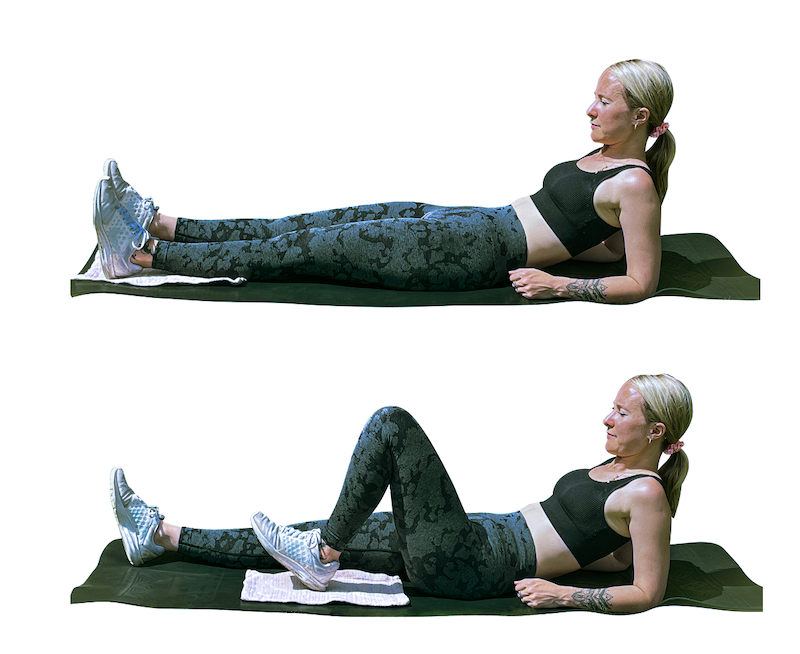
Hamstring curl (in crooked sitting)
Sit on the ground propped up on your elbows.
Place a towel, slider or plastic bag on your foot.
Slide your heel to your bum making sure to keep your toes pulled up and facing the sky.
Sets & reps
4 Sets of 15 on each leg
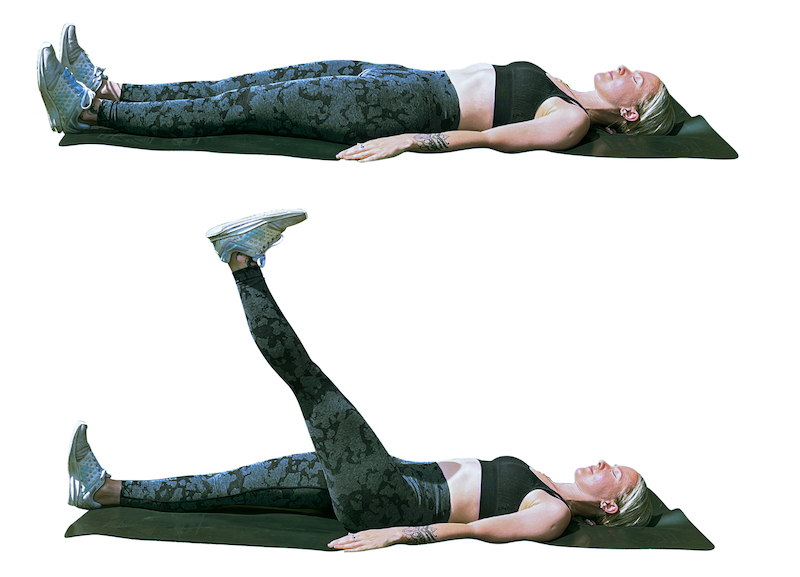
Straight leg raise
Lie on the ground with your head and shoulders back.
Contract your quads and pull your foot up so your toes are pointing towards the sky
Lift your leg up making sure not to bend at the knee.
Hold for a count of 2 seconds at the top before lowering back to the ground.
Sets & reps
3 sets of 12 on each leg.
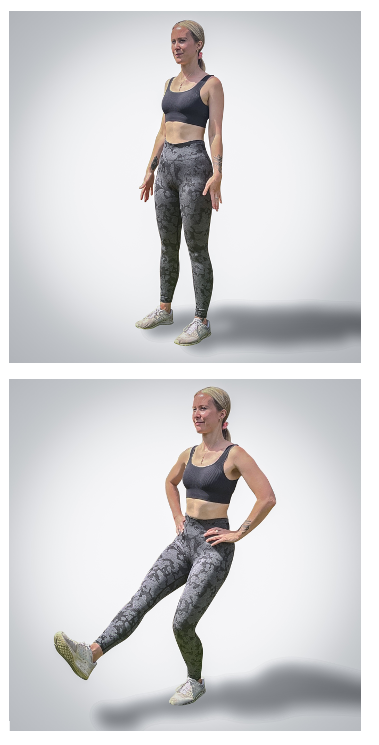
Single leg dips
Start in standing with your feet shoulder-width apart, ideally in front of a mirror.
You can have your hands on your hips, out to the side or holding on to a wall for stability.
Lift one leg off the ground and keep it straight out in front of you.
Lower yourself down as if you are going to sit down on a chair.
Top Tip
Make sure you do the following:
- The bending knee stays in line with your big toe. Dont let is drop inwards
- Try to avoid bending forward at the hips. If you sit back wards your glutes will engage and prevent this from happening
Sets & Reps
3 sets of 12 on each leg
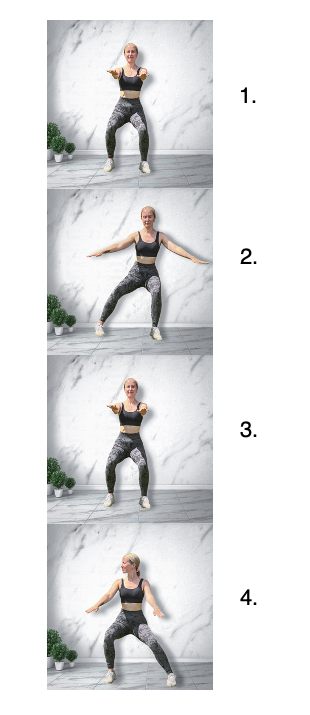
Ski Squats
Start with your back against the wall and your knees slightly bent in a half-squat position.
Lower into a deeper squat and at the same time shift your weight over to the right leg.
Return to the centre in the half-squat position
Lower into a deeper squat this time shift your weight over to the left leg.
Sets & Reps
Starting from the centre:
Ice, heat and compression in our multi-award winning knee cuff.
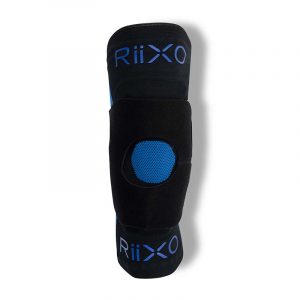
 British Triathlon: Recovery Questions Answered
British Triathlon: Recovery Questions Answered
 The Injury Risk Equation
The Injury Risk Equation
 LJMU Study Findings
LJMU Study Findings
 What are shin splints?
What are shin splints?
 How to treat shin splints [2021]
How to treat shin splints [2021]
No Thanks – I’ll pay full price
Close Window
Close Window